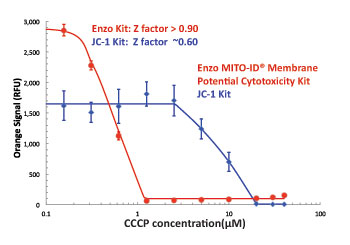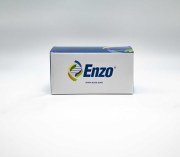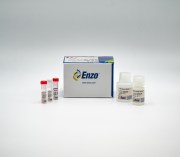Mitochondrial Toxicity

Visualize Toxic Events In Vitro
Mitochondria are remarkable organelles that generate ATP to meet the energy needs of cells. They also take in calcium, an important cell signaling molecule, monitor and maintain conditions in the cell and help regulate apoptosis, cellular metabolism, and proliferation. Mitochondrial toxicity can damage many organs and tissues such as the liver, heart, and muscle. Mitotoxicity has become a significant concern for pharmaceutical industries. It can induce severe and sometimes fatal liver injury that can disrupt clinical trials or lead to post-market drug withdrawal. Evaluations of mitochondrial toxicity usually measure ATP content or mitochondrial membrane potential.
Product Highlight
MITO-ID® Membrane Potential Cytotoxicity Kit
A real-time mitochondrial membrane potential assay with superior sensitivity
- 10x more sensitive than JC-1 with superior aqueous solubility
- Photostable dual-emission dye
- Separate MITO-ID® Red/Green assays available for detection of mitochondrial mass
- Suitable for high-throughput applications
High-throughput Analysis of Mitotoxicity


 AMPIVIEW® RNA probes
AMPIVIEW® RNA probes Enabling Your Projects
Enabling Your Projects  GMP Services
GMP Services Bulk Solutions
Bulk Solutions Research Travel Grant
Research Travel Grant Have You Published Using an Enzo Product?
Have You Published Using an Enzo Product?


